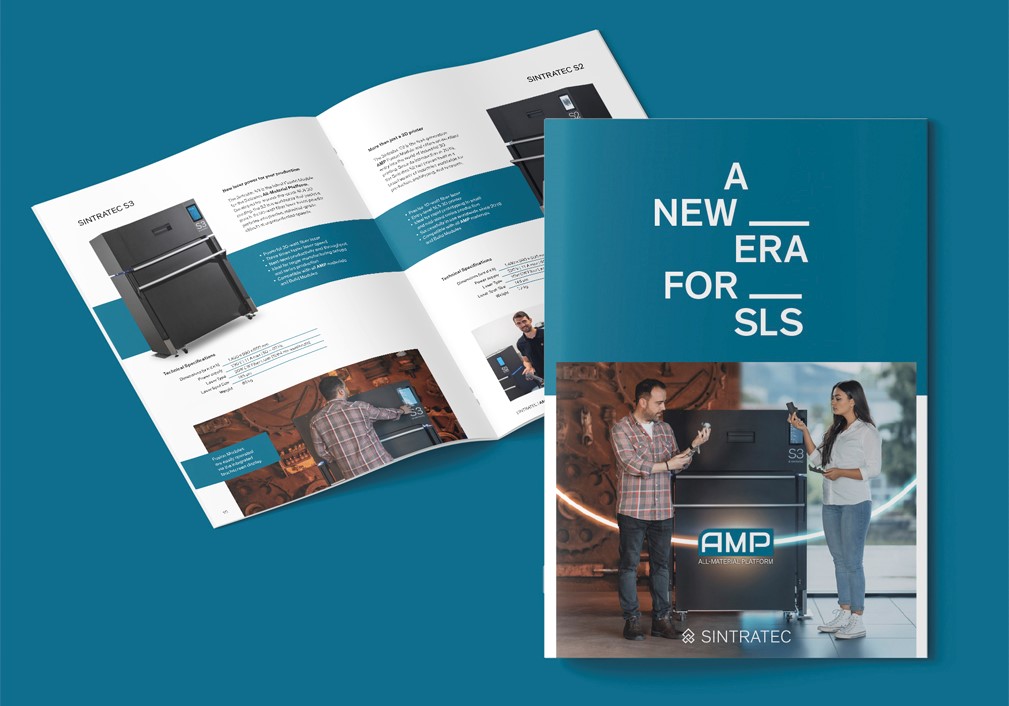Additive Manufacturing sparks innovation
Polish company Kontakt-Simon SA uses the Sintratec S2 to build advanced prototypes for the electrical sector. Thanks to the Selective Laser Sintering technology, the R&D team can rapidly develop and verify their complex designs.
Over 100 Years of Experience
Incorporating 3D printing
Kontakt-Simon’s R&D team has been using fused deposition modeling (FDM) 3D printers to produce prototypes in-house for several years. When the limitations of the technology became apparent, the company decided to transition to selective laser sintering (SLS) and invested in a Sintratec S2 in 2022. «The advantage of SLS over FDM is a uniform surface, reflecting the designed surface better than in the incremental model, and mechanical strength that also allows testing mechanical solutions, e.g. latches», explains Thomas Wilk, Head of the technical department.
In-house Rapid Prototyping
Thomas Wilk and his colleagues regularly use the Sintratec S2 to manufacture intricate prototypes with robust PA12 nylon. According to the team, the system is especially useful during the development phase of a new series, where individual components have to be verified. «We use the printer to prepare prototypes of details designed in construction programs», Thomas says. «After constructing a technical solution, in addition to electronic verification, it is worth verifying the geometry of the designed parts and their interaction with other elements of the product.» Once the design is validated by an SLS-prototype, it can go into mass production through injection molding.
Complex and aesthetic parts
What are the main benefits of SLS for the electrical industry? «Complex geometries, thin walls, high aesthetics and accuracy, great strength and homogeneity in each axis of the part», summarizes Thomas. For the Kontakt-Simon engineers, the advanced 3D printing technology has certainly opened up new freedoms while speeding up product development and thus reducing time to market. «The Sintratec S2 was the best option for an economical machine with this printing technology – especially considering the volume of pieces we need», Thomas concludes.
“The Sintratec S2 allows us to develop much faster and create complex yet aesthetic prototypes for the electrical sector.”
Thomas Wilk
Head of the technical department
Kontakt-Simon SA




